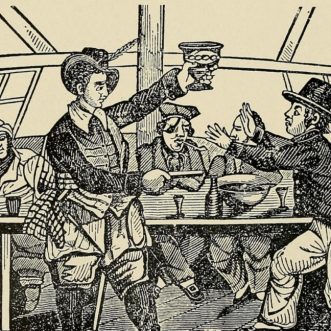
Managing what matters
When you pay a traffic warden by the ticket, you’ve incentivised them to find the easy targets, not to prevent illegal parking, and certainly not to keep the roads safe for other users. Worse, you’ve incentivised them to pursue minor infractions over major ones.
That’s why my street is full of traffic wardens just before school opens and just after it closes. It’s why parents arrive 30 minutes before they need to in order to grab a legal parking space, wasting an hour a day just sitting in their cars. It’s also why everywhere else in my town centre remains plagued by illegal, inconsiderate and dangerous parking.
This kind of simplistic proxy for performance has become endemic, because its easy to measure. If you can say ‘I’ve hit target’, you’re off the hook as a person, a school, a company or a government department. Never mind that you’ve actually made life worse for everyone, and really dreadful for some.
What gets measured gets managed, they say. True.
So start with what you really want, then explore different, creative and possibly multiple ways to measure whether you’re achieving it.
The answer’s unlikely to be a simple tally. And you may just come up with a completely new approach to the problem.








